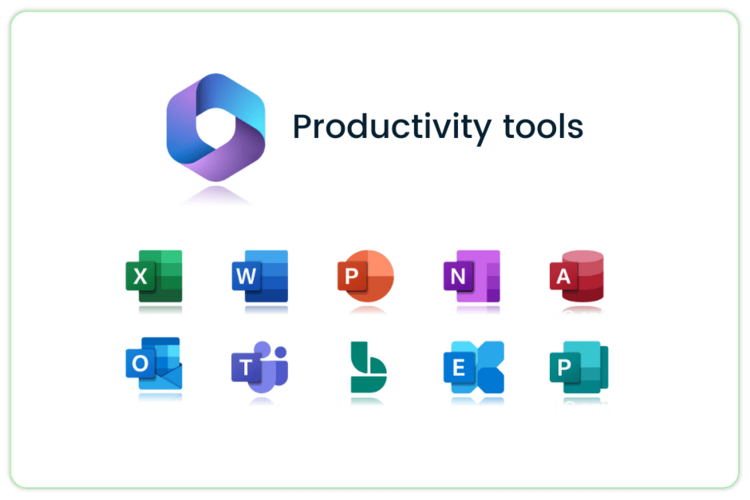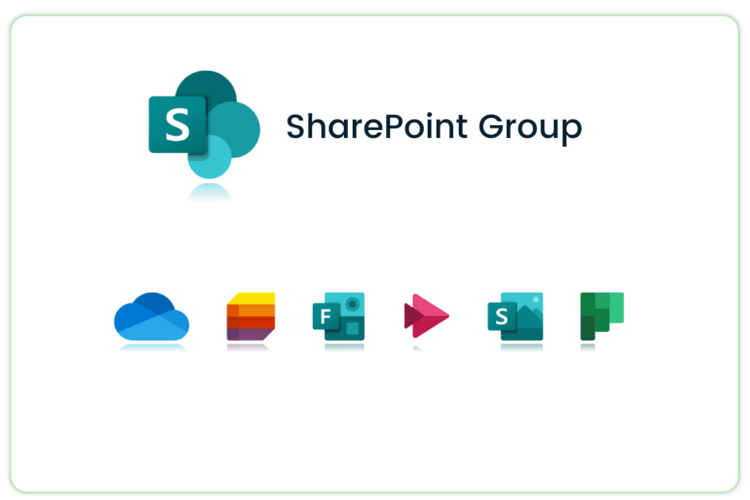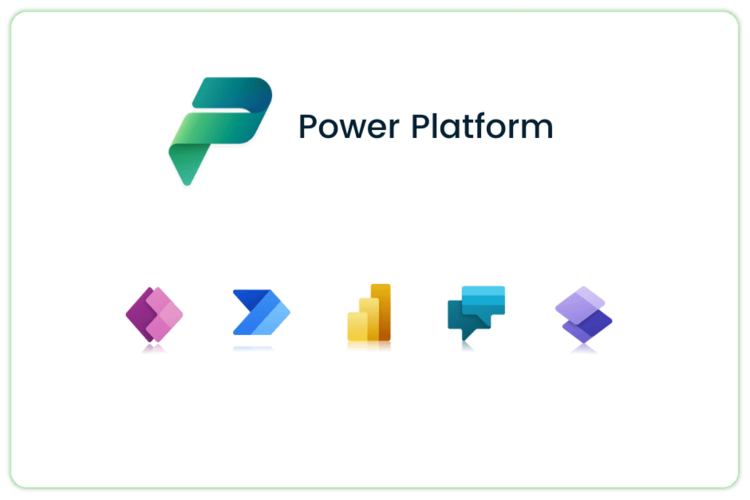When it comes to changing the names of products everybody knows and uses, there is but one undisputed heavyweight champion in the world, Microsoft. In recent years there has been a shift from away from the Office-moniker, going towards Microsoft as a product name.
Looking at the products for sale on Microsoft.com you won’t find any Office 365 product licenses anymore. Everything was changed to Microsoft 365. The term Office nowadays only applies to the actual Office applications: Outlook, Word, Excel, PowerPoint, OneNote, Access & Publisher. While Office 365 in its own right wasn’t just about those productivity apps - SharePoint, OneDrive & Teams were a major part of it as well – at some point the term Office simply didn’t cover the load anymore. The inclusion of, depending on the license, device management, threat protection and so on meant that it was time for a new name. One with the same name-recognition as Office. What better name than Microsoft 365?
So, uh… what is it?
Well, that’s the tricky part. Depending on your type of license this product can be a great many things. Now for the sake of clarity, and the author’s sanity, we’ll assume that we’re talking about Microsoft 365 E3-license. This is one of the most commonly used licenses in the business world. Microsoft 365 is a subscription-based service from Microsoft that includes a combination of Windows 10/11, Office 365, and Enterprise Mobility + Security.
Let’s break it down, shall we.
Productivity tools
This is probably the most well-known feature of Microsoft 365, the Office productivity tools. Whether it’s compiling data in an Excel-spreadsheet, taking notes in OneNote or sending that important e-mail with Outlook. Microsoft basically provides an application for every single task imaginable.

For lack of better term: the SharePoint-group
SharePoint has always been a strong feature. Over past decade it has evolved quite a bit, allowing you to create a complete Intranet with multiple portals and securely storing and sharing files.
- OneDrive, a direct descendant from SharePoint, allows users to privately store files and share them with people both inside and outside the organization.
- Lists is another SharePoint “spin-off”. Lists have always been an integral part of the SharePoint experience, but in the recent years it has become its own mini-app allowing you to create lists attached to a site or on a personal level.
- Streams enables a user to record videos, provide them with captions and transcripts which means you can search videos for key words.
- There’s even an application for light-weight project management with Planner. With this application users can assign tasks, set deadlines, and organize and visualize the plan’s progress.

Power Platform
The Power Platform is one of the most impressive features Microsoft has launched, it is quite literally a game changer. It is a low-code/no-code platform allowing citizen developers, to create custom applications, automate workflows or engage in advanced business intelligence. There is no need for extensive programming knowledge in the Power Platform, which makes it invaluable for any business. It is comprised of a couple of tools.
- Power Apps is the tool which empowers users to create their own applications.
- Power Automate allows simple or intricate process automation between multiple apps or sources.
- Power BI lets users analyse data, create visual reports, and uncovers powerful insights to make informed business decisions.
- Power Virtual Agents empowers users to create virtual chat bots allowing rapid response to all sorts of requests from co-workers.
- Power Pages is a solution to create portals for both internal and external use. You can create public web pages with an easy-to-use editor and securely store and manage the data gathered.
The best feature of the Power Platform is the fact that it offers seamless integration with all parts of Microsoft 365 such as Office, Dynamics 365, Azure and more.

Security & compliance
Azure AD is Microsoft’s cloud-based identity and access management service. Admins use it to control users’ access to the information and resources they need including cloud apps, Microsoft Office 365 and the Azure portal. Azure AD plays a crucial role in the protection of user identities and credentials.
Microsoft 365 Defender is a defense suite that protects your environment from a range of threats including malware, phishing, and ransomware. It provides real-time protection, detection, response, and automated remediation capabilities to protect your business. In the E3 license you have access to the Advanced Threat Analytics, Microsoft Defender Antivirus and Device Guard and the Premium 1 version of Microsoft Defender for Endpoint.
Use the Microsoft Compliance portal to label and protect sensitive data, perform basic audits and enforce org-wide compliance policies.
Device & Application management
Last but not least, IT-admins get a few tools to help users be productive devices both managed and unmanaged by the organization. Every E5-License comes with an enterprise version of the windows 11 operating system, ensuring that users work in a secured and up-to-date environment. Microsoft Intune, in turn, simplifies device management across multiple platforms, like desktop, cloud and mobile.
The future
Microsoft 365 already plays an important part in Microsoft’s cloud strategy and that is not about to change. It continuously gets update to improve the user experience and add functionalities with new apps.




